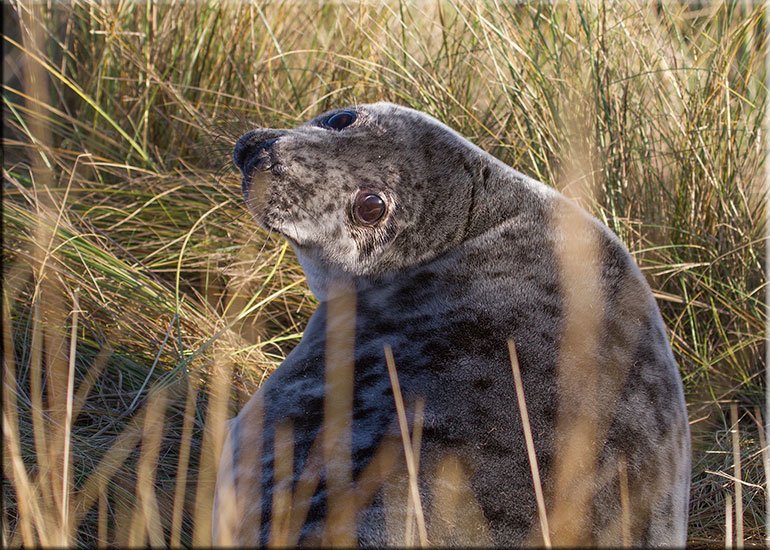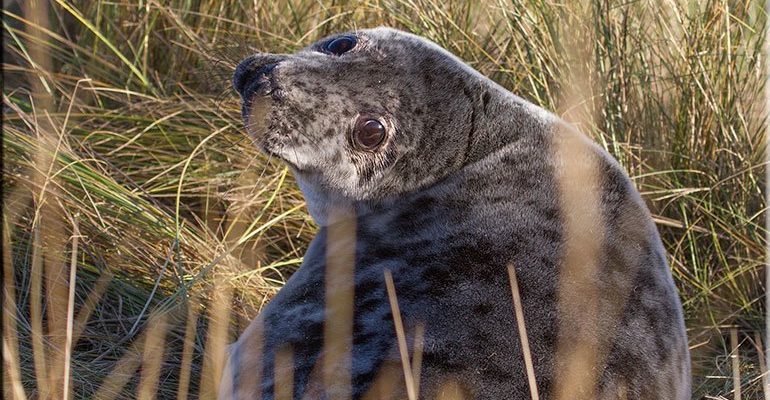
In this article, let’s dive into the common threats seals encounter. From climate change to human activities, these factors not only affect seals but also the marine environments they call home. Understanding these challenges is crucial—not just for seals but for the health of our planet. So grab your favorite drink, and let’s chat about these issues you might not hear about every day!
Climate Change and Its Impact
Climate change is like a slow-motion avalanche, quietly altering habitats and weather patterns around the globe. For seals, rising temperatures can significantly affect their breeding, feeding, and migration patterns. Many species, like the harp seal, depend on sea ice for birthing and nursing their pups. As ice melts earlier in the spring, seal pups face a higher risk of drowning or being exposed to predators.
Moreover, with warming waters, the distribution of fish and other prey shifts. This change makes it tougher for seals to find food, and hungry seals often struggle to survive or reproduce successfully. The ripple effect is clear: fewer seals mean less biodiversity, impacting the entire ocean ecosystem. You might be wondering, “What can we do about climate change?” Making small lifestyle changes to reduce our carbon footprint can contribute to a larger positive impact over time.
Pollution in Marine Environments
Pollution is another serious threat to seals. From plastic waste to oil spills, these contaminants can be devastating. Seals can ingest plastic or get tangled in it, leading to injury or even death. Imagine being trapped in a net and unable to escape—it’s a terrifying thought that happens to many marine animals, including seals.
Chemical pollutants like pesticides, heavy metals, and PCBs also accumulate in the food chain. When seals eat contaminated fish, they can suffer from various health problems, including weakened immune systems, reproductive issues, and even death. Essentially, pollution makes it harder for seals to thrive in their own homes, creating a dire situation that echoes through marine ecosystems.
Hunting and Entanglement
Despite their playful nature, seals have long been targets for hunting, both legally and illegally. Historically, seals were hunted for their fur, oil, and meat, which led to significant population declines in many species. While some hunting practices are now regulated, illegal poaching still poses a risk. The reality is, as human demand for resources grows, so does the pressure on seal populations.
Additionally, entanglement in fishing gear is a serious concern. When seals get caught in nets or lines, they can suffer injuries or drown. This problem is particularly pressing in busy fishing areas where gear is abundant. The harsh truth is that every piece of discarded fishing line is a potential death trap for these animals.
Habitat Loss and Disturbance
Seals need safe, quiet places to breed and rest. As coastal development increases, seals lose essential habitats. Think of it like this: if you were trying to relax in a crowded, noisy room, you’d find it hard to unwind. The same applies to seals. When their resting areas are disturbed by human activity, traffic, or noise, it can disrupt their natural behaviors.
Moreover, rising sea levels due to climate change further threaten the habitats of seals. Low-lying beaches that serve as breeding grounds become submerged. The loss of these critical areas can result in fewer pups being born and can strain populations already facing multiple threats. Protecting their habitats is vital if we want to see seals thrive in the wild.
Invasive Species
Just like weeds in a garden, invasive species can disrupt the natural balance of ecosystems. Some invasive species, such as certain fish or shellfish, can outcompete native prey species that seals rely on for food. This competition can lead to decreased food availability for seals, making it harder for them to find enough to eat.
In some cases, invasive predators may even pose a direct threat to seal populations, especially to younger or smaller seals that are more vulnerable. It’s an intricate dance in the ecosystem, where every move counts. Keeping ecosystems healthy means managing invasive species effectively, allowing native wildlife to flourish.
Conservation Efforts and What You Can Do
The good news? There are positive conservation efforts in place to help protect seals and their habitats. Organizations work tirelessly to monitor populations, address pollution, and advocate for stronger regulations against hunting and fishing gear entanglement. You might think, “What can I do?” Well, there are several small but impactful actions you can take.
– Reduce waste: Avoid single-use plastics and properly dispose of your trash. Every piece of litter you keep out of the ocean helps marine life.
– Support conservation groups: Consider donating to or volunteering with organizations focused on marine wildlife protection.
– Spread awareness: The more people know about the challenges seals face, the more support there will be for initiatives aimed at their conservation.
By taking these steps, you become part of the solution, contributing to a healthier ocean environment.
Seals are remarkable animals that play an essential role in our ocean ecosystems. However, climate change, pollution, hunting, habitat loss, and invasive species profoundly threaten their survival. As we’ve explored, these issues are interconnected, affecting not just seals but the entire marine environment.
Understanding these threats is the first step toward making a difference. By becoming advocates for seal conservation and making conscious choices in our everyday lives, we can help ensure a brighter future for these incredible creatures. Let’s work together to protect seals so they can continue to swim through our oceans for generations to come.

